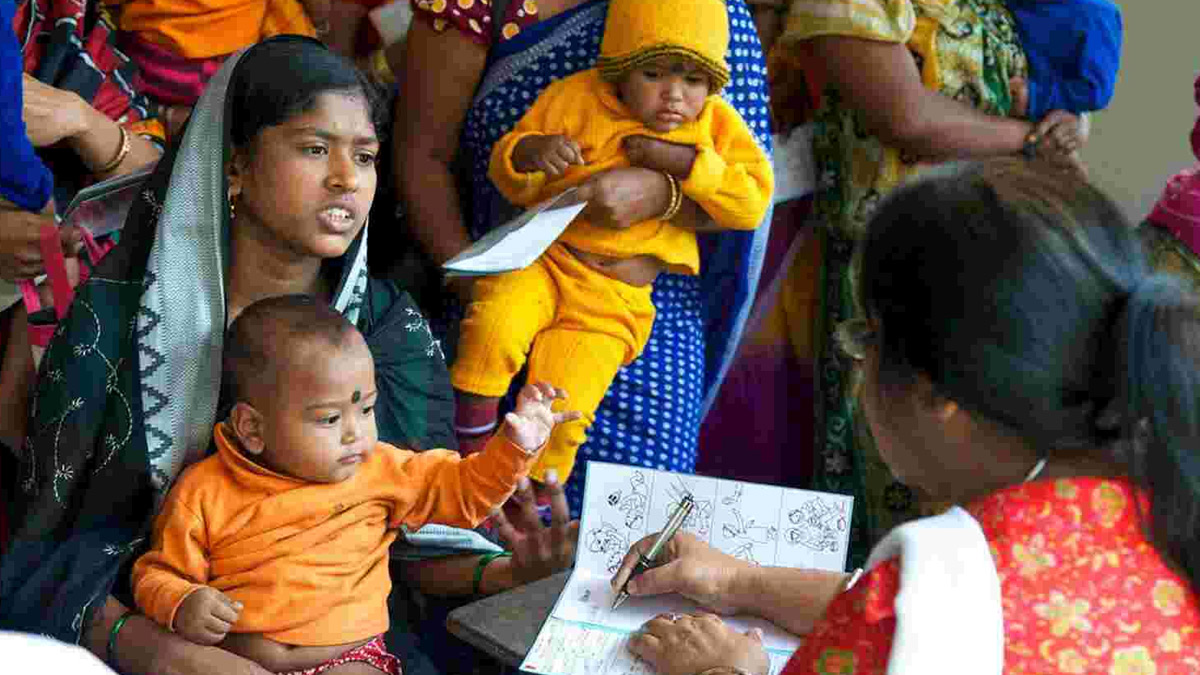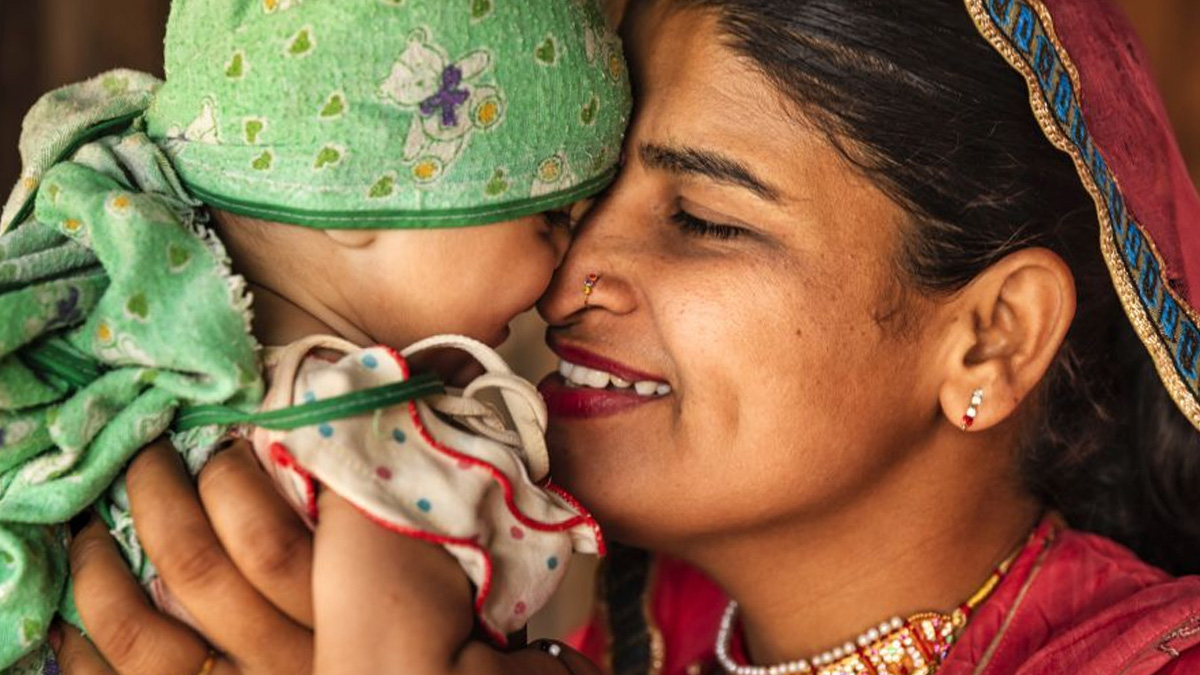
Despite steady progress in healthcare infrastructure, Uttar Pradesh continues to grapple with alarmingly high child mortality rates. The latest Annual Health Report (2024–25), published by the Union Ministry of Health and Family Welfare, sheds light on this persistent public health concern, ranking the state second in the country for child deaths under the age of five.
Table of Content:-
Stark Numbers Paint a Grim Picture
According to the report, 43 out of every 1,000 children born in Uttar Pradesh die before reaching the age of five. More specifically, the infant mortality rate (IMR) in the state is 38 per 1,000 live births, while the neonatal mortality rate (NMR) — deaths within the first 28 days of life — stands at 28 per 1,000. These figures are distressingly above the national averages of IMR at 28 and NMR at 20.

Uttar Pradesh trails only behind Madhya Pradesh, which reports an even higher IMR of 43 and NMR of 31. A closer look at the statistics reveals that approximately 63% of child deaths occur in the neonatal stage, with a staggering 75% of those deaths happening within the first week of life, known as the early neonatal period.
Preventable Deaths Tied to Unsafe Deliveries
Health experts believe a large portion of these deaths could be prevented with better delivery practices. Infections like neonatal sepsis (septicaemia) — often caused by poor hygiene during childbirth — are a leading cause of newborn deaths. These infections tend to spread rapidly in unsanitary environments, particularly when deliveries occur at home without trained medical assistance.
Also Read: Hepatitis A Outbreak In Kerala: Over 100 Cases Reported In Ernakulam, Confirms Health Department
Institutional Deliveries: A Lifesaving Shift
One crucial factor in improving child survival is promoting institutional deliveries — childbirth conducted in hospitals or primary healthcare centers with trained professionals and sterile conditions. These facilities are equipped to handle complications and provide immediate medical care, significantly lowering the risk of maternal and infant mortality.

In contrast, home births in remote or underserved regions often lack basic hygiene and medical oversight. Without trained birth attendants or access to emergency care, complications can quickly turn fatal for both mother and child.
Government Interventions to Address the Crisis
To tackle this crisis, both the central and state governments have rolled out several targeted interventions aimed at improving maternal and child health outcomes in high-risk regions like Uttar Pradesh.
Also Read: Myanmar Earthquake Releases Energy Equal To 334 Atomic Bombs; Experts Fear Lasting Health Crisis
Janani Suraksha Yojana (JSY) and Janani Shishu Suraksha Karyakram (JSSK)
The JSY promotes institutional deliveries by providing financial incentives to expectant mothers. Meanwhile, JSSK ensures free treatment, diagnostics, and transportation for newborns up to one year of age. These schemes help remove financial barriers that often delay crucial medical care.

Strengthening Newborn Care Infrastructure
Under the Newborn Health Strategic Interventions, the government has established Newborn Care Corners (NBCCs) in delivery facilities. These are dedicated spaces designed to offer essential newborn care, such as thermal regulation and neonatal resuscitation, immediately after birth.
Home-Based Newborn and Child Care
Programs like Home-Based Newborn Care (HBNC) and Home-Based Care for Young Children (HBYC) empower Accredited Social Health Activists (ASHAs) to make home visits during the critical first six weeks of life. These visits help monitor the newborn's health, encourage practices like exclusive breastfeeding, and identify early signs of illness.
In 2023–24 alone, 1.47 crore newborns were visited by ASHA workers under HBNC, and 71.15 lakh babies were reached between April and September 2024. These efforts are especially vital in rural and tribal regions where access to hospitals remains limited.
Addressing Root Causes Through WASH Initiatives
Beyond medical care, preventing child deaths also involves improving Water, Sanitation, and Hygiene (WASH) in both healthcare facilities and communities. Diarrhoea, pneumonia, undernutrition, and lack of sanitation remain leading causes of child mortality. Strengthening hygiene practices during and after childbirth is crucial to reduce infections and improve child survival.
Bottomline
While the government has initiated a robust multi-pronged strategy to curb infant and child deaths, the situation in Uttar Pradesh underscores the need for sustained investments in healthcare, behavioural change, and education. Bridging the gap between policy and grassroots implementation is essential to protect the lives of the youngest and most vulnerable citizens.
Also watch this video
How we keep this article up to date:
We work with experts and keep a close eye on the latest in health and wellness. Whenever there is a new research or helpful information, we update our articles with accurate and useful advice.
Current Version